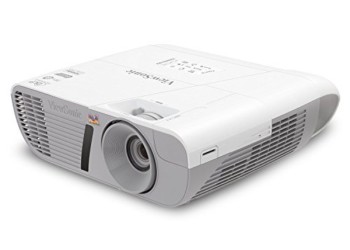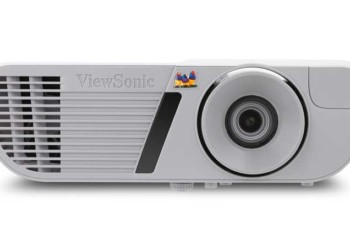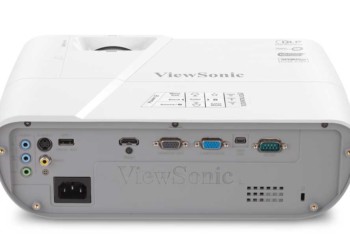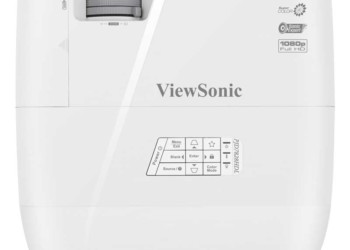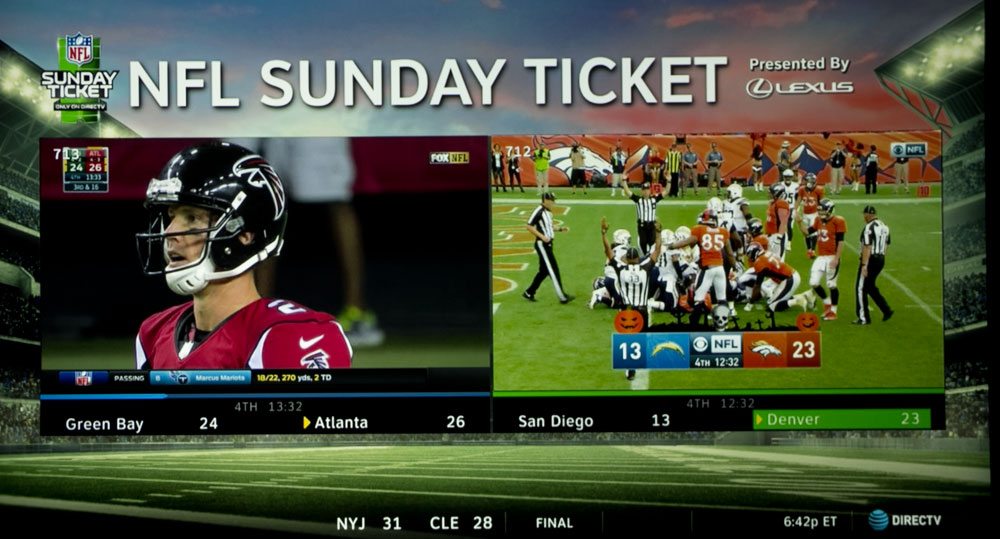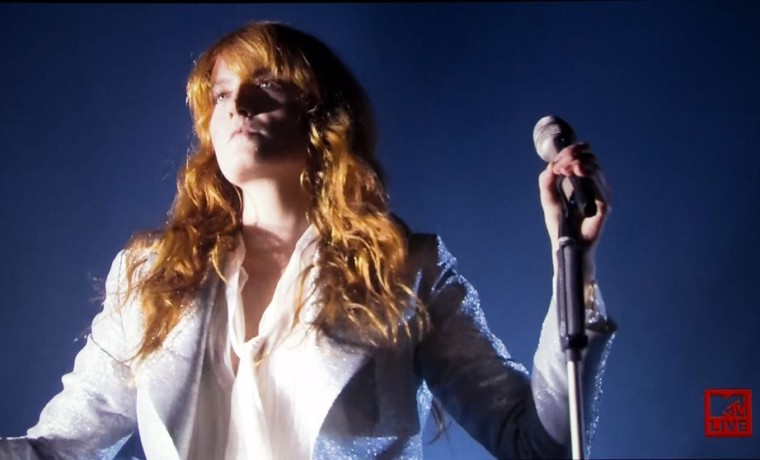The first of those Viewsonic projectors to sport 1080p resolution was their PJD7820HD launched perhaps 7 years ago. I think most people in the industry recall that Viewsonic launched that 1080p projector with a list price of $999. Now, that doesn’t sound crazy now, but when they did so, they were the buzz of the trade show (I don’t receall if it was CEDIA, Infocomm, or CES. Why? Because everyone else was announcing 1080p projectors starting around $2000 and here was Viewsonic all alone with a $999 projector. Manufacturers, as I recall, were basically exclaiming – what’s their problem? Don’t they want to make any money?

This award goes to projectors that are a cut above, but may have a rough edge or two, or have less wide appeal.
The Viewsonic has a modest amount of zoom 1.3:1 in its manual zoom lens, so placement flexibility is typical for entry level, which is to say, if not minimal, less than found in many projectors a few hundred dollars more.
Of note, the PJD7822HDL is a short throw projector. It will sit closer to the screen than most projectors. For many, that’s a plus. We discuss on the next pages. Also, we publish the projector’s placement distances, etc. on this review’s Hardware pages.
I’ll also say that like it’s predecessors, it doesn’t have a really complete set of controls allowing for a perfect or near perfect calibration. And like those predecessors, it therefore doesn’t end up with “on the money” color accuracy. On the other hand, picture quality is pretty good, if not the most accurate around.
But, that is the stuff best described in more detail in our Picture Quality pages.
So, without further ado, below is a short “hightlights” list, and then its off to the Special Features page to start getting into the details about how the PJD7828HDL performs.
Well, seems they did very well with that original PJD7820HD. So, it’s time to take a close look at the PJD7828HDL, to see how far it has evolved, and how it compares to competition from the likes of BenQ, Epson, and Optoma.
The PJD7828HDL is a smallish projector. It has the same styling as a number of other Viewsonics, sporting some curves and angles on its front face, and down the sides. It is finished in a two tone case – off white and medium greys. All considered, pretty nice looking with the lights on.

